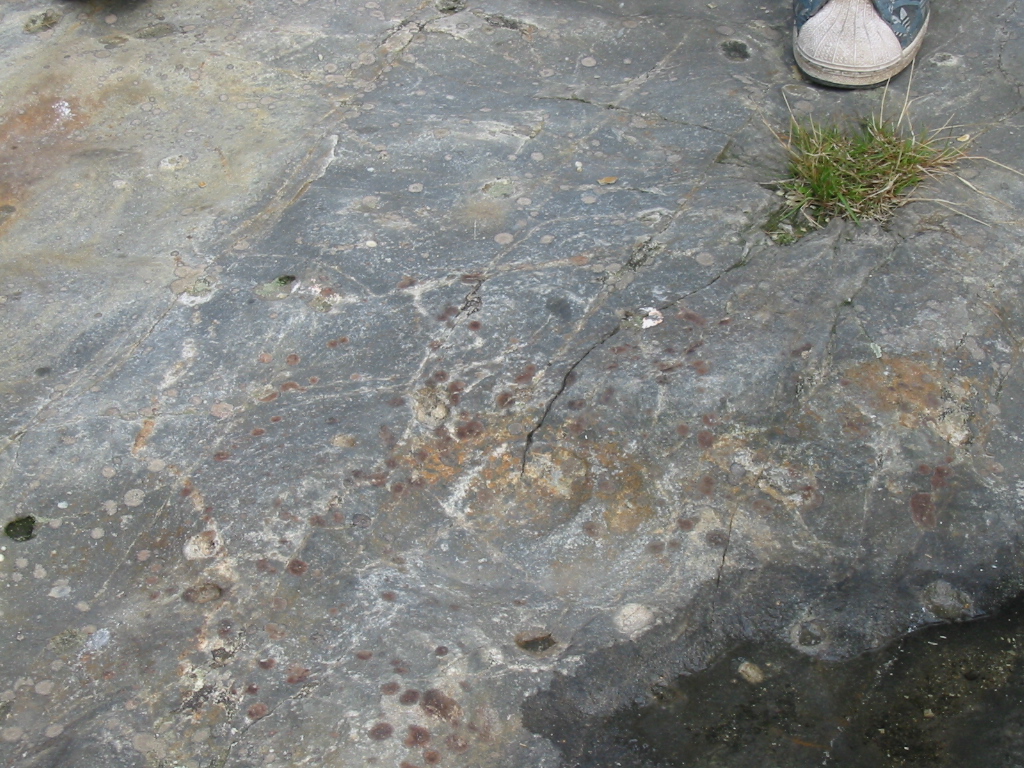Let us begin with the underground, granite and everything else that lies under our feet on this strange island.
We have quite a number of granite colours – ranging from the dark grey Rønne granite, the red-flamed Paradise Granite, the almost red Svaneke Granite (which crumbles very easily and is mostly known as Årsdale gravel) to the red-brown granite on northern Bornholm, the Hammer and Moseløkke granites. All granite on the island is approx. 1.7 billion. years old – an impressive age.If you click on this link — Bornholm Geology – You can actually see an article I once wrote. This version is in German, but you can see the various granite types quite clearly. Furthermore, there is a picture of a sandstone – namely Nexø Sandstone, which is approx. 550 million years old. But we must not forget Balka sandstone, which lies in a band to the south, and where we are able find some of the earliest traces of life on the island. This sandstone is also found close to Natur Bornholm experience center, where we find a very famous geological formation, a fault line, dividing the island in 2 – where the southern part is 550 million years old, the northern 1,7 billion years (the granite)! This fault line is part of the socalled Thornquist zone or the Fennoscandic border zone.
Moreover, within the last few years found trace fossils of jellyfish have been found in this sandstone – see my picture here.

Slightly below the centre in the picture is a horseshoe-like structure, that is the imprint of a jellyfish. How fascinating that such ancient creatures – approx. 535 million. years old – could be preserved in the slime layer on the Cambrian beaches! This was before any land animals had evolved, so everything stranded could dry up undisturbed in the greasy layer of algae in the shallows.
